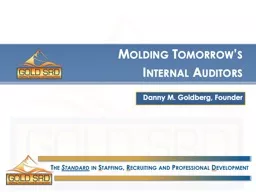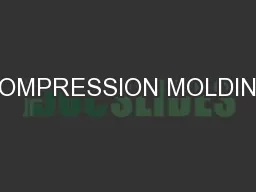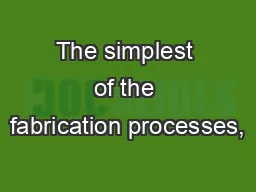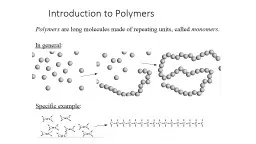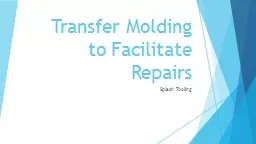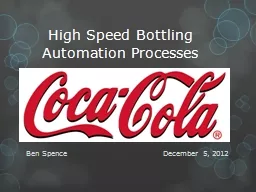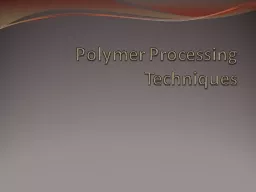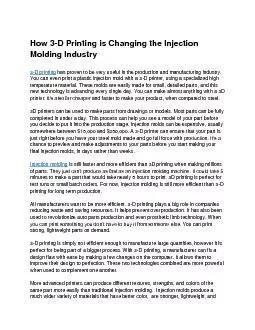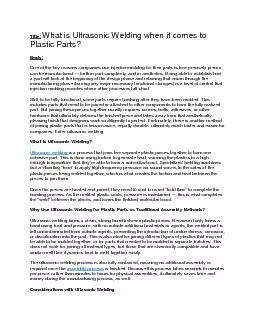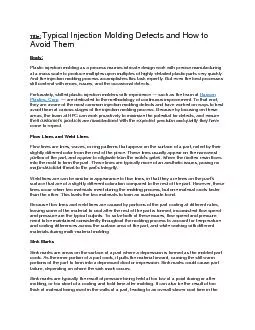PPT-Molding Tomorro w’s
Author : ellena-manuel | Published Date : 2019-11-23
Molding Tomorro ws Internal Auditors Danny M Goldberg Founder Managing Generation Gaps What Generations Exist In The Workplace Each generation goes further than
Presentation Embed Code
Download Presentation
Download Presentation The PPT/PDF document "Molding Tomorro w’s" is the property of its rightful owner. Permission is granted to download and print the materials on this website for personal, non-commercial use only, and to display it on your personal computer provided you do not modify the materials and that you retain all copyright notices contained in the materials. By downloading content from our website, you accept the terms of this agreement.
Molding Tomorro w’s: Transcript
Download Rules Of Document
"Molding Tomorro w’s"The content belongs to its owner. You may download and print it for personal use, without modification, and keep all copyright notices. By downloading, you agree to these terms.
Related Documents

